Just step out into the morning or late afternoon and you’ll see the smoke billowing from street carts, where taqueros are nimbly making tortillas, cutting meat, and pouring on spicy sauces. The sizzling sound of grilled meat, the aroma of onions, cilantro, and jalapeños, all blend into the air, making it hard for anyone passing by to resist.
Sharing with VNA reporters in Mexico, Taco Juan manager Carlos Pérez said: “This is a traditional Mexican dish. People in my country eat tacos at all times, morning, noon and afternoon, and can eat them at sidewalk stalls, at home or even in luxury restaurants. We have many attractive tacos such as grilled meat tacos, salt and pepper beef tacos, shrimp tacos, lamb, and stewed pork leg. A delicious taco needs all three elements: the shell, the filling inside, and the spices, sauces and herbs served with it. Our restaurant always wants to bring customers the most traditional Mexican flavors because tacos are the pride of our people.”
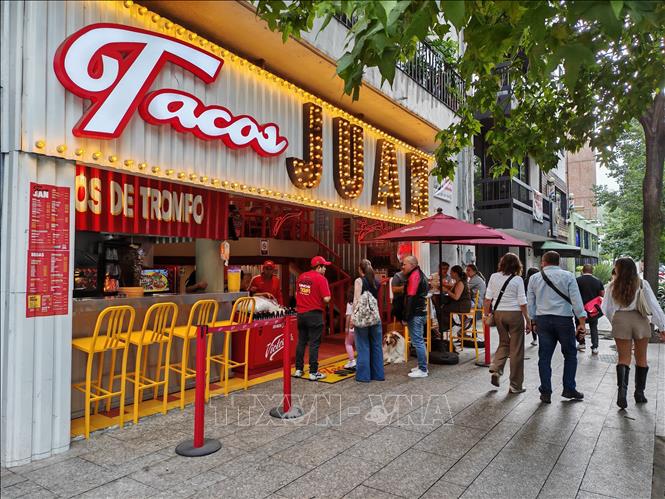
A Taco shop in Mexico City.
There is no set taco recipe. In northern Mexico, the taco de carne asada (grilled beef taco) is famous for its sweet, savory meat and corn tortillas. Meanwhile, the central and southern regions favor the taco al pastor – a “national specialty” taco with marinated pork, grilled on an Arabic-style rotating axis, and served with fresh pineapple, onions, and cilantro.
Each region and each indigenous community has its own variation, reflecting the cultural exchange between pre-Hispanic cuisine and post-colonial European influence.
According to culinary researchers, the taco originated in pre-Columbian times when the Aztecs used corn tortillas to wrap fish, beans, or insects as food to carry long distances. Over the centuries, this dish has not only survived but also become a symbol of national identity and unity for the Mexican people.
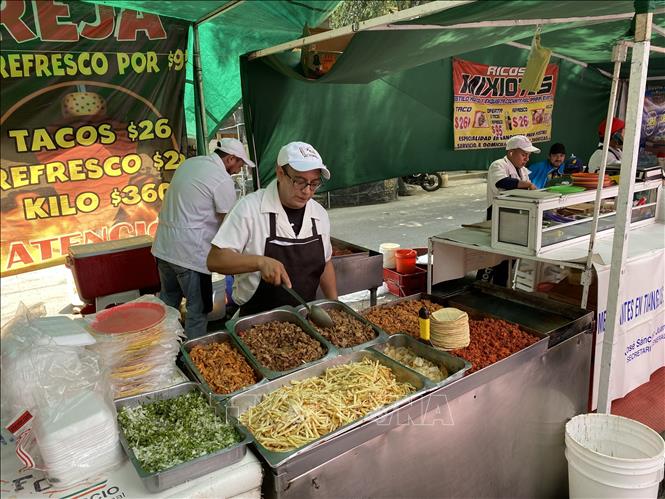
A Taco shop on the sidewalk in Mexico City.
In 2010, the United Nations Educational , Scientific and Cultural Organization (UNESCO) recognized traditional Mexican cuisine, including tacos, as an Intangible Cultural Heritage of Humanity, thereby highlighting the cultural, social and spiritual values that the dish brings.
In the hustle and bustle of modern life, the taco still maintains its role as a community connector. On the sidewalk, at the office or in the family, the small cake is an excuse for people to stop, chat and share.
Miguel Hernández, from Nuevo Leon, said: “I love eating tacos here every time I visit Mexico City, especially with family and friends. Each taco has its own story. But the common point is the authenticity and simplicity, true to the Mexican spirit.”
Meanwhile, Dutch tourist Annelies Mulder commented: “Taco is a famous traditional Mexican dish, so I wanted to come here to try it. This dish is very delicious, with the typical flavor of the beautiful country of Mexico.”
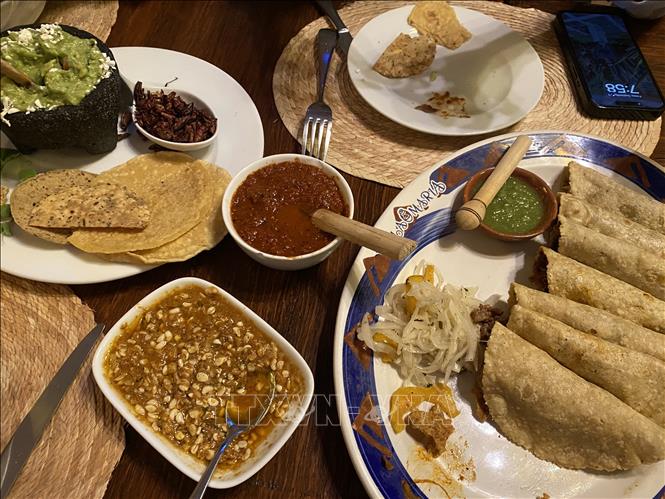
Taco is a meat-filled corn tortilla that has been recognized by UNESCO as an Intangible Cultural Heritage of Humanity.
Today, tacos have spread beyond Mexico's borders and are found all over the world. However, only in the place where the dish was born can one fully appreciate the spirit of this dish.
Taco is not only street food but also a story of history, of the Mexican people, where every flavor contains pride and love for the homeland.
According to VNA
Source: https://baoangiang.com.vn/mon-an-bieu-tuong-gan-ket-nguoi-dan-mexico-a464652.html



![[Photo] Prime Minister Pham Minh Chinh meets with Speaker of the Hungarian National Assembly Kover Laszlo](https://vphoto.vietnam.vn/thumb/1200x675/vietnam/resource/IMAGE/2025/10/20/1760970413415_dsc-8111-jpg.webp)
![[Photo] Da Nang residents "hunt for photos" of big waves at the mouth of the Han River](https://vphoto.vietnam.vn/thumb/1200x675/vietnam/resource/IMAGE/2025/10/21/1761043632309_ndo_br_11-jpg.webp)
![[Photo] Prime Minister Pham Minh Chinh received Mr. Yamamoto Ichita, Governor of Gunma Province (Japan)](https://vphoto.vietnam.vn/thumb/1200x675/vietnam/resource/IMAGE/2025/10/21/1761032833411_dsc-8867-jpg.webp)





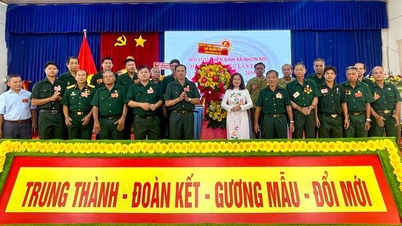

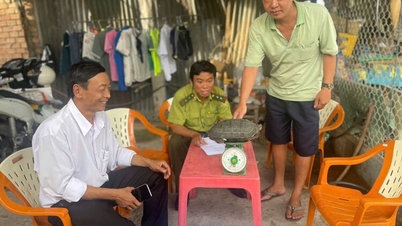


















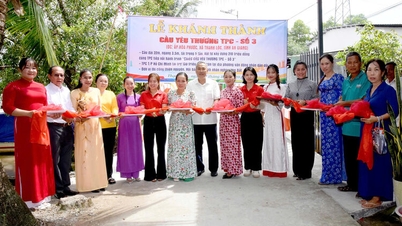

















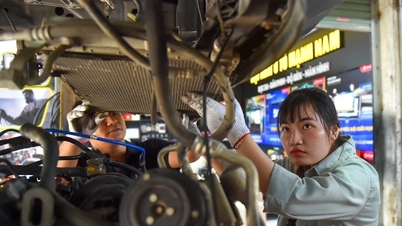



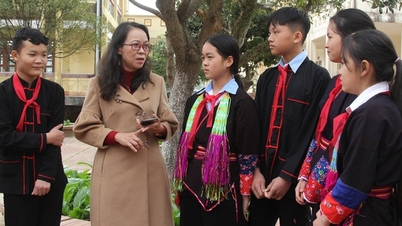

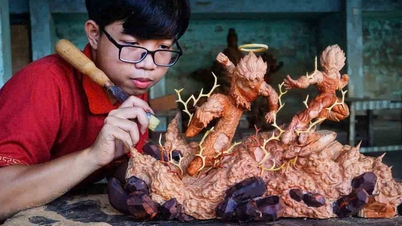





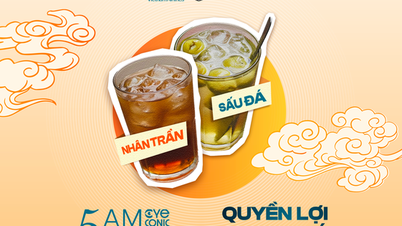
























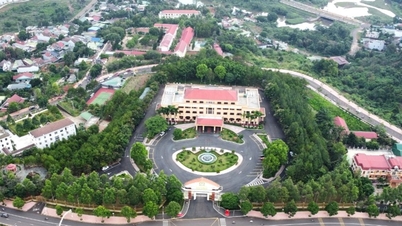



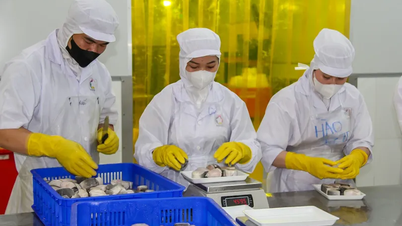


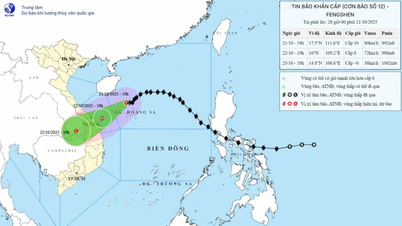










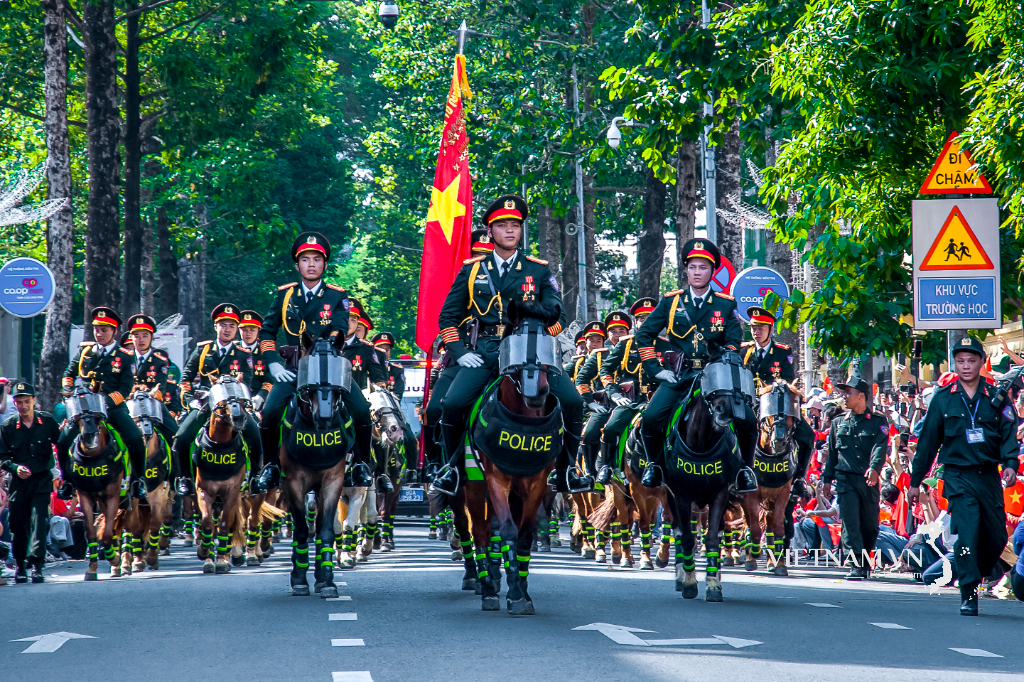



Comment (0)